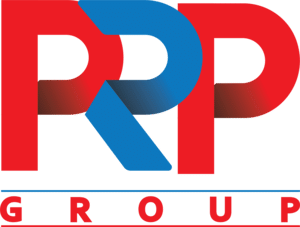Building Investor Confidence Through PR: A Guide for Early-Stage Startups

“Publicity is critical. A good PR story is infinitely more effective than a front-page ad.” - Richard Branson
Investors don’t invest in business models—they invest in belief.
In the hurly-burly of India’s startup scene, growing more competitive by the minute, trust matters. A five-year history of audited financials, pan-India reach, or war chest of revenues may still not be a reality for you. But something you can have and often does build confidence in the early days—is a credible narrative, told strategically. That’s where PR comes in, not the mundane press-note variety, but reputation-establishing, trust-gaining, visibility-building PR that talks about your startup on terms appreciated by investors: conviction with credibility backing it up.
There’s no doubt that early-stage companies have uncertainty. If you’re a SaaS business in Bengaluru or an online-to-offline D2C business from Jaipur, there’s always going to be that phase when the product’s still developing and the market is still evolving. PR cannot eliminate the risk, but it can make the risk palatable. It shows that the founding team is considerate, introspective, and purposefully defining the narrative around its journey of growth.
Begin with visibility. If your startup lives only in WhatsApp decks and internal email threads, it’s largely invisible to the world outside. Strategic media coverage, a founder interview, a feature, or a guest column lends you shape, voice, and credibility. It tells the ecosystem: “We’re building something real, and others are taking note.” In India, where relationships and perception carry tremendous weight, this visibility is not a luxury—it’s a lever to stimulate growth.
But visibility alone won’t cut it. Consistency holds more importance. Founders who share learnings regularly—on LinkedIn, at startup confabs, or through newsletters—create recall. A recognized name with strong opinions on the sector is usually deemed more investible than a great idea hidden away. Keep in mind, VCs spend months monitoring and analysing founders before writing that first cheque. The aim of PR here isn’t to impress. It’s to remain top-of-mind.
Also, one needs to convey the right tone: align ambition with honesty. Investors in India are growing keener to cut out overblown boasts. So, although the temptation is to lay out hockey-stick charts and ambitious scale-up plans, what actually builds trust is honesty. Report the wins, sure—but don’t shy away from discussing lessons learned. Slipped a launch deadline? Own up, describe how you got through it, and highlight your learnings. Honest storytelling generates confidence quicker than spin.
Investors like metrics too, but they must be contextual. “10,000 users” is good-sounding. But “10,000 organically onboarded active users in six weeks from Tier-II cities with 30% repeat rate” is a forceful narrative. Use PR to set your numbers in a story format. That’s how traction turns into conviction.
Then there’s third-party endorsement. Whether it’s being chosen in an incubator such as T-Hub, a collaboration with an industry association, or a case study by a prestigious journal, outside credence is imperative. It indicates that others have subjected your concept to scrutiny and recognised value. And in an ecosystem driven often by networks of trust and word-of-mouth, that endorsement is invaluable.
Underneath all the shine, PR for early-stage startups isn’t really about dazzling optics. It’s really about building bridges. It lets investors glimpse who’s behind the product, how they think, and where they’re going.
In India’s speed-driven, visibility market, confidence isn’t constructed solely in boardrooms. It’s constructed in the open through stories that linger, insights that resonate, and a presence that feels irresistible.
So, when the next funding buzz starts, ensure that your story has a ready script.
